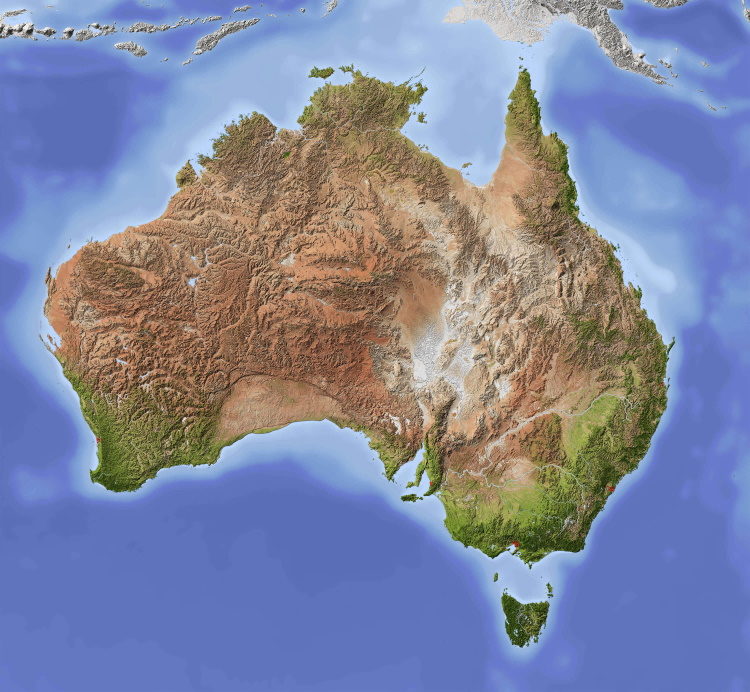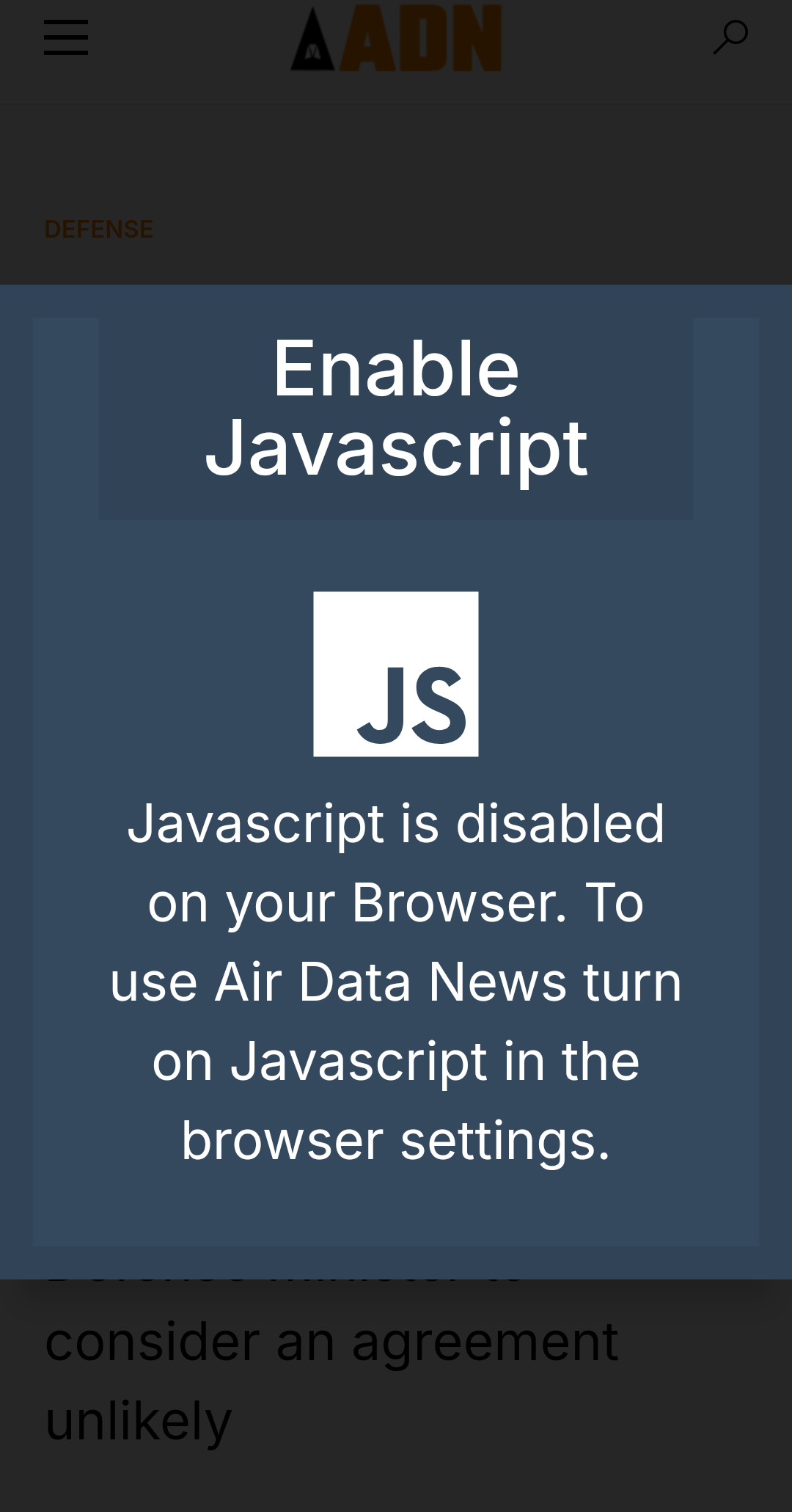All my original posts and comments on Lemmy are licensed under CC0.
You can use or republish without asking.
❤️ ♥️ 🧡 💛 💚 🤍 🩵 💙 💜 🤎 🖤 🩶 🩷 💖
- 890 Posts
- 32 Comments

 0·3 days ago
0·3 days agoI don’t understand the people who think their favorite politicians are perfect gods without any mistakes in life.
The rules apply to all politicians, no exceptions.
Biden will be judged by his DOJ, the same way Trump will be judged by his DOJ.
You can’t have the successes you like, without acknowledging the mistakes you don’t like.

 0·4 days ago
0·4 days agoI find it funny that Trump is super angry about one of the only people he cannot control… till now, no guarantee what will happen in the future.

 0·8 days ago
0·8 days agoI find it ironic that you shared a Washington Post(News outlet that is owned by Jeff Bezos,CEO of Amazon) article that is talking about Bernie Sanders supporting the working class.
Just Wow. The capitalist news outlet that is owned by real life villain.

 0·11 days ago
0·11 days agoI know that writing manual comment to debunk your easily dismissed claims for your comment is gonna take time, for the sake of saving my time here is a unedited DeepSeek answer:
The claim that the 2014 Crimean referendum was a legitimate expression of democratic will and that Crimeans overwhelmingly support Russian annexation is highly misleading and ignores critical context. Here’s why:
1. The Referendum Was Illegitimate and Conducted Under Duress
- Held at Gunpoint: The vote took place under Russian military occupation, with armed soldiers and paramilitaries controlling the region. This violates international norms on free and fair referendums.
- No International Recognition: The UN General Assembly (Resolution 68/262) rejected the referendum’s validity, with 100 countries voting against it. Only a handful of Russian allies (e.g., Syria, North Korea) recognized it.
- No Option for Status Quo: The ballot offered only two choices—join Russia or return to Ukraine’s 1992 constitution (which implied greater autonomy but was a misleading option). There was no choice to maintain Crimea’s existing status within Ukraine.
2. The 97% Result Is Statistically Implausible
- Pre-Annexation Polling: Before Russia’s intervention, support for joining Russia in Crimea was far lower. A 2013 Pew Research poll showed only 41% of Crimeans favored separation from Ukraine.
- Suppression of Dissent: Pro-Ukraine activists, Crimean Tatars (who overwhelmingly opposed annexation), and independent media were silenced or intimidated.
- No Independent Observers: The OSCE and other credible monitoring bodies were barred from overseeing the vote.
3. Russian Propaganda and Coercion Shaped “Support”
- Media Blackout: Russian state media dominated coverage, portraying Ukraine as a “fascist junta” while glorifying Russia.
- Economic Incentives: After annexation, pensions and public sector wages were raised—but this was a temporary measure to buy loyalty. By 2019, living standards had declined due to sanctions and mismanagement.
- Repression of Opponents: Crimean Tatars (12-15% of Crimea’s population) faced persecution, with leaders like Mustafa Dzhemilev banned from returning.
4. Post-Annexation Polls Are Unreliable
- Conducted Under Repression: Polling in an authoritarian environment (where dissent can lead to arrest) is unreliable. The “high approval” cited by Russian and Kremlin-linked sources ignores self-censorship.
- Selection Bias: Pro-Russian outlets (e.g., TASS, Sputnik) highlight favorable surveys while ignoring dissenting voices.
- Foreign Affairs’ Misleading Take: While CFR is a US establishment think tank, the cited article downplays repression. Even if some Crimeans initially welcomed annexation, this does not legitimize an illegal military takeover.
5. International Law and Ukraine’s Sovereignty
- Violation of Budapest Memorandum (1994): Russia guaranteed Ukraine’s territorial integrity in exchange for Ukraine giving up nuclear weapons.
- Breach of UN Charter (Article 2(4)): Prohibits the use of force to alter borders. The annexation was condemned by the UN, EU, and NATO.
- Crimean Tatars’ Dispossession: The indigenous population, deported under Stalin, opposes Russian rule but is systematically marginalized.
Conclusion
The “97% vote” narrative is a Kremlin propaganda tool to justify an illegal land grab. While some Crimeans (particularly ethnic Russians) may support annexation, the referendum was neither free nor fair. The broader context—military occupation, repression, and violation of international law—renders the claim of “reunification” false.
For further reading:
- UN Resolution 68/262
- OSCE Report on Crimea
- Pew Research (2014)
- Amnesty International on Crimea’s Human Rights Abuses
The claim of “Crimea’s return to Russia” is a distortion of history—it was, and remains, an act of imperial aggression.

 0·11 days ago
0·11 days agoI can’t believe that this is the actual title of the fact sheet. lol

 0·12 days ago
0·12 days agoLet the real recession begin.

 0·16 days ago
0·16 days agoDone.

 0·17 days ago
0·17 days agoReporting Highlights
- Unsanitary Conditions: Workers at one of the nation’s largest baby formula plants say the Abbott Laboratories facility is engaging in unsanitary practices.
- Cardboard Funnel: In one case, workers said an employee used a piece of cardboard from a trash bin to funnel coconut oil, a formula ingredient, into a tank during production.
- Federal Response: One worker complained to the FDA, but it’s unclear how the agency will respond. The Trump administration recently cut 3,500 jobs at the FDA in a mass layoff.

 0·17 days ago
0·17 days agoHow so? I had not see any measurable awareness growth.
I really don’t see any point in it.

 0·17 days ago
0·17 days agoBut it literally it was on the news for a day, that’s it.
Protests go on for multi days and have a physical effect and achieve discomfort.
Meanwhile, I don’t see the speech achieving a lot of that.

 41·19 days ago
41·19 days agoI don’t want to read your wall of text to benefit no one. But here is the source:
Reposted from Haaretz, March 30, 2025

 01·19 days ago
01·19 days agoWhat should the news organizations who prepped this investigation do?
Their job(The reason they got their money) is so they can have investigations like this.

 1·19 days ago
1·19 days agoI am super confused about your comment.

 0·22 days ago
0·22 days agoHuh?

 0·26 days ago
0·26 days agoIt’s a struggle to get up every day.… I’m just trying to take it one day at a time and not try and think about the long term and all the things I’m going to miss out on because obviously that doesn’t help and just overwhelms me.
I’m going to miss those first words, the first roll over, everything, they’re going to stop me from that first-time normal experience. You go from being a mum and getting used to doing bottles and feeding times … to completely nothing.
― Briana L. (pseudonym), a 36-year-old Aboriginal woman from Perth, Western Australia, whose three-month old son was removed from her care
In March 2024, Briana L. received an email from Western Australia’s child protection authorities informing her they were planning to remove her only child, 3-month-old “Mica,” from her care.
The email came less than a week after the domestic violence refuge where Briana had lived since Mica’s birth evicted them. Child protection workers said they were taking Mica from Briana’s care due to her unstable housing situation, Briana told Human Rights Watch. Days after the email, child protection authorities from the Western Australian Department of Communities took Mica away.
“They never had an issue with my parenting until I didn’t have a roof over my head,” she said. “Just because someone’s homeless we shouldn’t be taking the child off them. You should be offering them more help if anything.”
 1·26 days ago
1·26 days agoIt’s a struggle to get up every day.… I’m just trying to take it one day at a time and not try and think about the long term and all the things I’m going to miss out on because obviously that doesn’t help and just overwhelms me.
I’m going to miss those first words, the first roll over, everything, they’re going to stop me from that first-time normal experience. You go from being a mum and getting used to doing bottles and feeding times … to completely nothing.
― Briana L. (pseudonym), a 36-year-old Aboriginal woman from Perth, Western Australia, whose three-month old son was removed from her care
In March 2024, Briana L. received an email from Western Australia’s child protection authorities informing her they were planning to remove her only child, 3-month-old “Mica,” from her care.
The email came less than a week after the domestic violence refuge where Briana had lived since Mica’s birth evicted them. Child protection workers said they were taking Mica from Briana’s care due to her unstable housing situation, Briana told Human Rights Watch. Days after the email, child protection authorities from the Western Australian Department of Communities took Mica away.
“They never had an issue with my parenting until I didn’t have a roof over my head,” she said. “Just because someone’s homeless we shouldn’t be taking the child off them. You should be offering them more help if anything.”

 0·1 month ago
0·1 month agoWow.
I looked at the articles that was expecting for that to happen today, never thought he would actually do it.

 0·1 month ago
0·1 month agoThe source here is Migration Policy Institute…
Why would they report on the declining birth rates.

 11·1 month ago
11·1 month agoMmm… Pretty interesting article.

Wait a second… what?
I am not joking, what is the solution you are signaling to?